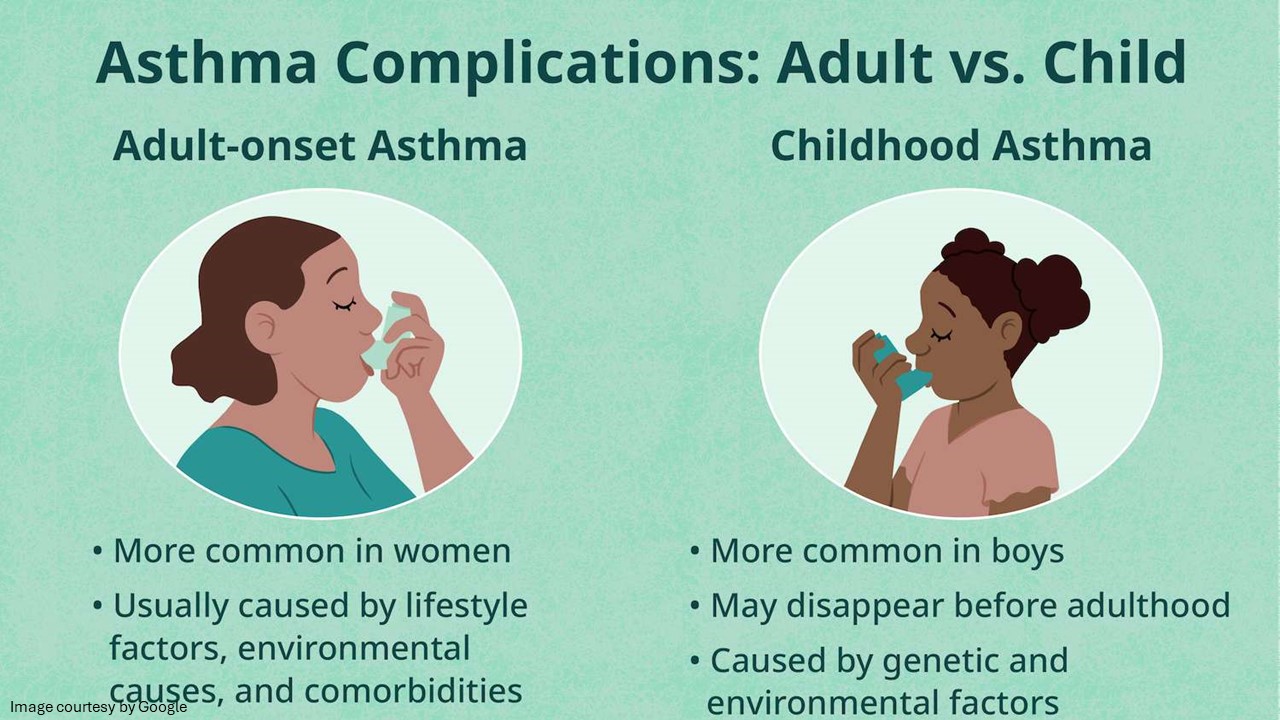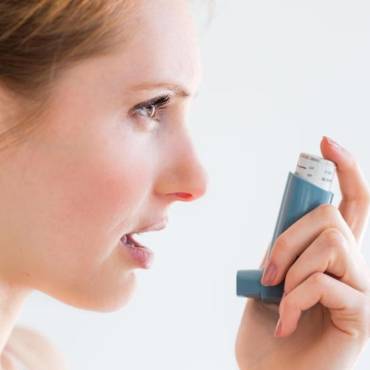Asthma is a leading chronic inflammatory disease among children and adults in most industrialized countries. If you have any family member or friend with asthma, you may know a lot about this lung condition already. You might know that asthma constricts the airways in the lungs that help pass air in the lungs, making breathing difficult.
Asthma cases can be mild, severe, or anywhere in between. The constriction of airways can develop in childhood and persist into adulthood. Sometimes, it can develop during adulthood; in this case, the condition can be called asthma. Both conditions are the same but act differently and require different management depending on the age of asthma patients. The exact asthma cause is not fully known, but the common causes of asthma include genetics, pollution, weather conditions, weak immune systems, and lack of hygiene. Asthma treatment is essential for a patient to breathe normally.
Common signs and symptoms of asthma
The signs of asthma vary from patient to patient; in some, it is a minor nuisance, while for others, it can cause a serious problem that affects daily activities and may lead to life-threatening asthma attacks.
Asthma can’t be cured, but its symptoms can be controlled with the right approach and medication. The signs and symptoms of asthma often change over time, so it is imperative to stay in touch with your doctor to adjust your asthma treatment when needed.
Asthma attack symptoms or bronchial asthma symptoms include shortness of breath, pain or tightness in the chest, wheezing when exhaling (a common asthma sign in children), fast breathing, difficulty talking, trouble sleeping due to cough, and respiratory issues.
Allergic asthma symptoms include breath shortness, cough, chest tightness, waking at night, and a drop in your peak flow meter reading.
Types of asthma and the prevalence
You might know the trick to handle asthma in your loved one and what can trigger an attack, but there is one thing that you may don’t know.
As mentioned above, childhood asthma and adult onset asthma are two types. Since asthma is mostly thought to begin in childhood, people may not expect that one can develop breathing difficulties due to asthma as an adult.

Today, asthma is no longer thought of as a single disease. Asthma is often categorized into different types. They include:
-
- Allergic asthma
- Aspirin-induced asthma
- Cough-variant asthma
- Exercise-induced asthma
- Nighttime asthma
- Steroid-resistant asthma
- Occupational asthma
Different management steps and treatment options can help depending on the type of asthma.
Data suggest that out of the over 25 million people in the USA who have this lung disease, only 8 million are children. It is believed that adults are more likely to have asthma after the age of 50 years.
Asthma symptoms in adults and children
Children and adults develop many of the same asthma symptoms, including frequent coughing, shortness of breath, wheezing, especially when exhaling, and congestion. Some people also report feeling anxious when their airways become inflamed, making breathing difficult. Adults and children also have many of the same triggers that can give rise to an asthma attack. These include dust, pet dander, pollen, smoke, mold, exercise, cold temperatures, respiratory infections, and cockroaches.
Allergic asthma symptoms in adults and children are not always recognized as asthma. Identifying asthma symptoms, especially in children, can be a tough job. Little ones have very small bronchial tubes, and respiratory infections like colds and flu can affect those tiny bronchioles and cause them to irritate. If these symptoms recur often, it could indicate asthma, especially in case of a history of allergies in the family.
Many adults consider these symptoms signs of allergies, the annoying flu they cannot eliminate. They don’t even have an idea that they could have asthma even at this age.
Dissimilarities between adult and childhood asthma
One of the biggest differences between adult and childhood asthma is the frequency of symptoms that they experience. Many children with asthma experience intermittent, episodic symptoms as a response to an upper respiratory tract infection, or there may be other triggers that can initiate an asthma episode. In both cases, what’s important is the correct diagnosis of asthma and an appropriate course of treatment.
Conclusion:
The main aim is to control asthma symptoms, especially when treating children. Asthma can damage a child’s developing lungs and may increase the chances of serious complications associated with the lung disorder as he/she ages. Beginning childhood asthma treatment at the right time is essential to eliminate severity. On the other hand, adults with severe asthma symptoms that are not under control are at high risk of experiencing a lung infection as they age.
Alldaychemist sells asthma products online at affordable prices. Upload a valid prescription to buy asthma medication online with ADC.



